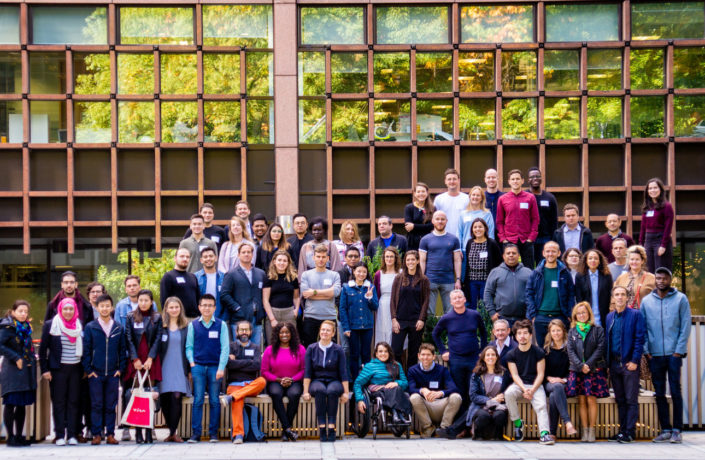 News
News


I have worked in the Impact Investment sector for more than ten years. In the past four years, my work in this sector has been focused in the entrepreneurial ecosystem. With my colleagues at ClearlySo, I have been advising impactful early-stage businesses on their business modelling and capital raising. We have raised investments to support their growth strategies. Focusing on the clean-tech and energy, my portfolio of clients includes Tonik Energy, Upside Energy, and LettUs Grow. Having deep exposure to the tech sector, in this blog, I would like to share my observation about aspects of angel investing in the tech-for-good sector.
Some angel investors are motivated by the “have your cake and eat it too” narrative, to perceive positive social/environmental impact as a bonus to their financial returns. Others are treating their impact investments as philanthropy capital by re-allocating their charitable contributions to risk capital (often with lower-than-market return-on-investment (ROI) expectations).
Angel investors who have been performing exceptionally well (and, hence enjoy their activities) in the tech-for-good sector are those who view their investments as transformative. These investors are aware that since the dawn of the modern economy, capital has created markets, introduced new technologies, and promoted disruptive paradigms/approaches which have increased social mobility, standards of living, and human flourishing; capital has played a significant role in transforming society systematically and, at the same time, has demonstrated the ability to deliver ROI to investors to make these transformations positive, sustainable, and highly profitable.
Observing the behaviour of our angel investors, I perceive a couple of financial polestars that guide their investment decisions, including (1) a possible exit within 5 – 7 years at 2× – 5× returns on average, and (2) overall portfolio ROI of no less than equity market returns. As investments that angel investors are considering into early-stage businesses, these polestars represent the intuitive layer of the decision-making process, rather than a strictly quantitative and analytical criteria.
At the thematic level, our angel investors focus primarily on business models that are commercially viable. They expect that such implementation represents a positive logical correlation between businesses’ ‘top line’ and their social/environmental impact. All this is consistent with ClearlySo’s work. All our past clients showcase these characteristics.
At the portfolio level, every bona fide tech-for-good business falls within the spectrum of innovation, ranging from ‘step-changer’ to ‘disruptor.’ A ‘step-changer’ delivers incremental optimisation to existing processes /treatments/activities. A ‘disruptor’ introduces an innovative approach that helps shift the sector towards a new paradigm. For example, in my portfolio of clients SuperCarers and Zap Map are closer to the ‘step-changer’ end of the spectrum; they are marketplaces that make consumer and vendor transactions more efficient. LettUs Grow and Upside Energy are more ‘disruptors’; they introduce transformative new technologies (precision aeroponics and demand-side response software). Taking into account ROI targets and risk appetite, investors include in their portfolio a mix of businesses at different points on the spectrum.
While being sector agnostic is an effective investment strategy, there are also specific themes within each sector for which timely and savvy investors should be on the lookout. For example, in med-tech there are SaaS models that optimise processes (business, diagnosis, consultation) and medical devices with smart mechatronics; in clean-tech, there are SaaS models for connected energy (smart energy, peer-to-peer energy trading, etc.); in ag-tech, there are precision agriculture solutions.
The unique selling point (USP) common to all the opportunities listed above is intellectual property that revolves around data: capturing it and processing it. In the next ten years technologies of data capture (both hardware and software) will become more accessible and affordable. Off-the-shelf solutions can already capture quality, density, and volume of data to a high degree, whether audio, video, imagery, text, environmental, or electrical. These solutions already harvest vast amounts of data, much more than current data processing algorithms can meaningfully handle.
This is why “AI” and “machine learning” have become two of the most frequently cited themes in the early-stage business ecosystem. It is likely that in the near future most USPs and barriers-of-entry will be found in algorithms and in the execution of their output: digitising the learning, prediction, and manipulation of human behaviour, individually as well as collectively.
Originally posted here